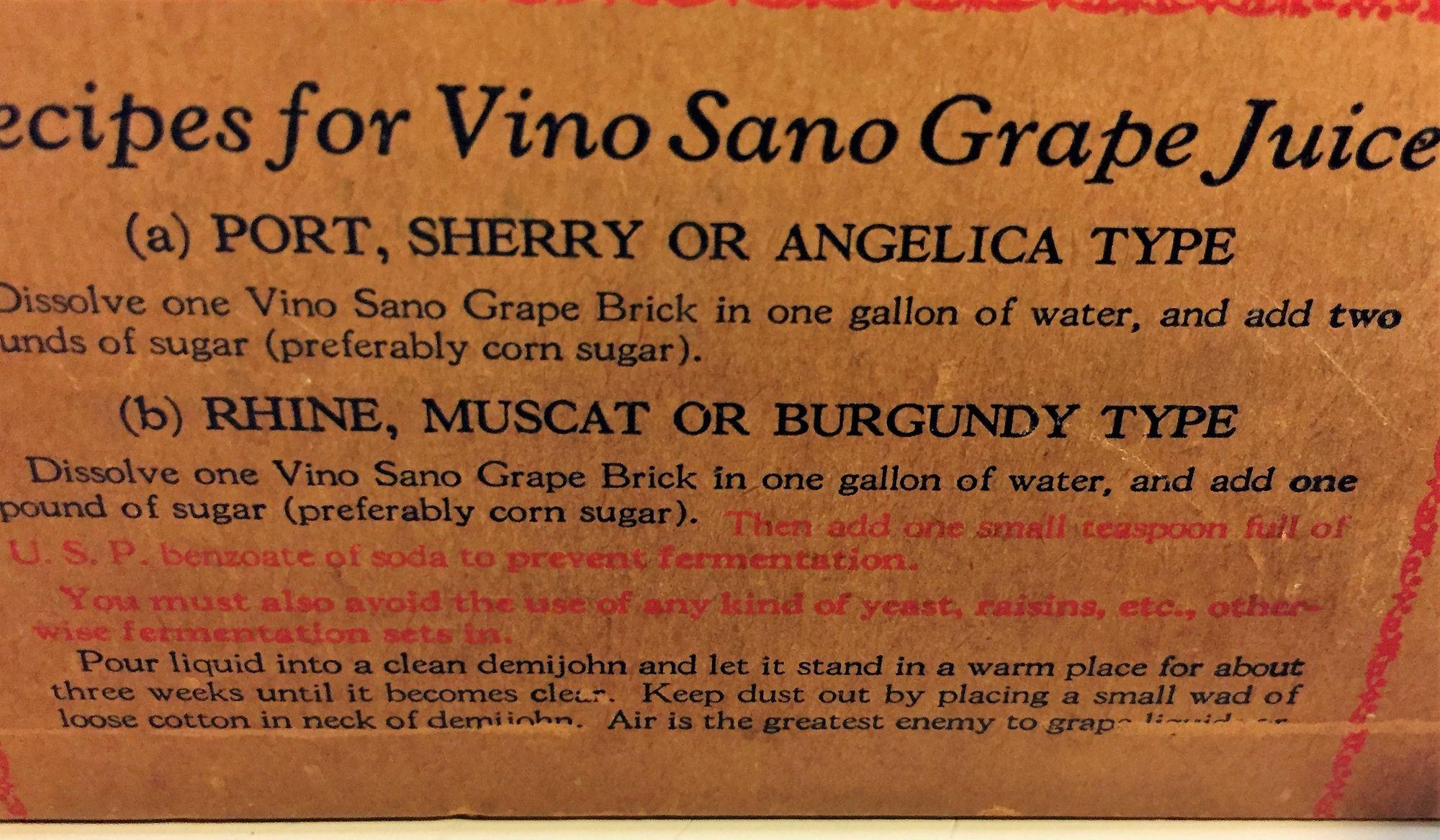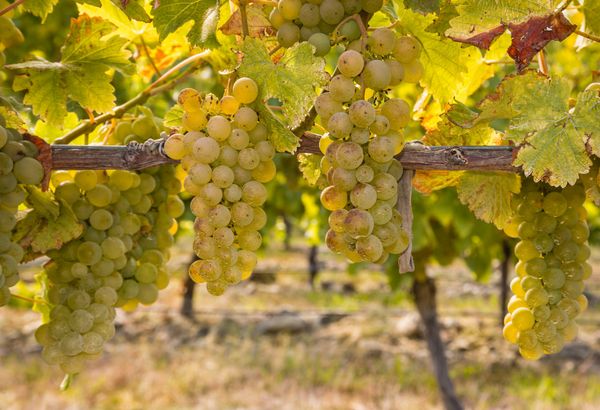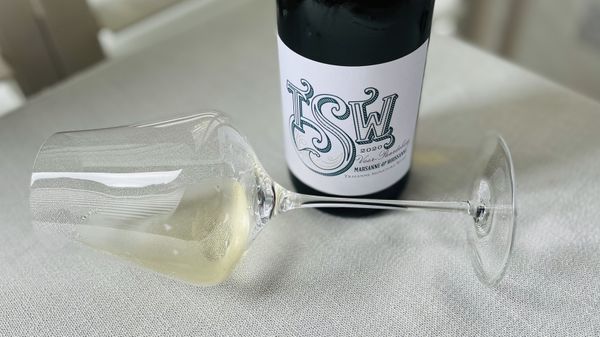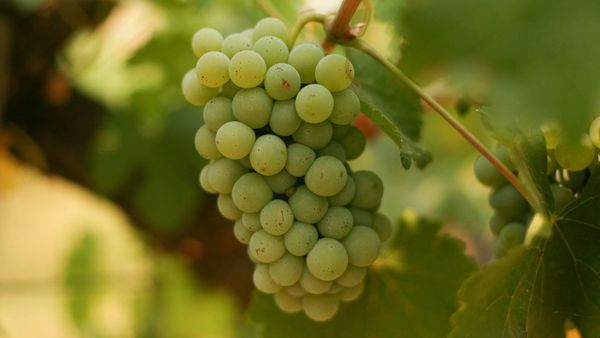Day 34 — Did You Know? Grape Bricks
On Day 34 of the South African National Lockdown, my wine reserves are completely depleted (it’s been depleted for a couple of days now). As I was thinking about what to research and write about for today’s #SAWineLockdown theme (Did You Know? Fun facts about wine) I recalled an article that my husband sent to me a couple of months ago.
The article is an account that, had we known we would not be able to buy wine at all during the nationwide lockdown, could have been a valuable solution for our current wine-less situation. 😉
When America undertook Prohibition in 1920 they banned the production, importation, transportation, and sale of alcoholic beverages until the National Prohibition Act was repealed in 1933. This meant that all vineyard owners who grew wine grapes would not have any means to generate an income. They were faced with two options: repurpose their existing vineyards in an effort to save them, or tear them up and start afresh with new produce.
This was seemingly an especially difficult decision for vintners in the Napa Valley as they were already making a lot of the American wines by the 1920s. They were always hopeful that Prohibition wouldn’t last very long and knew that if they ripped out their vines, it could take up to ten years for replanted vines to start producing the kind of quality fruit that the existing vines were producing. Unfortunately for the American wine industry a number of very good vineyards were lost to orchards in this time.
Luckily, the vintners that decided to keep their existing vines came up with an ingenious way to keep producing wine, but legally.
The Prohibition law stipulated that grapes could only be grown if those grapes were used for non-alcoholic consumption. If it was determined that someone instead used those grapes to make wine, and the vineyard owner who sold the individual the grapes was aware of this, both the grape grower and the winemaker could find themselves in jail. However, if the grape grower gave clear warning that the grapes were not to be used for the creation of alcohol and those grapes passed through enough hands so that even if the end result was wine, the grape grower did not know the individual’s intentions, the grower was in the clear.
The Volstead Act also stipulated that grape juice and grape concentrate could be produced if the products were used for non-alcoholic consumption. Which technically meant that winemakers could make non-alcoholic wine that could theoretically be turned into alcoholic wine as long as there were clear warnings on the product that it was illegal to do so and that they had no knowledge of the end users’ intentions. So, thanks to these loopholes, the production of ‘wine bricks’ started.
These bricks were made from concentrated grape juice that was dehydrated, and that consumers could dissolve in water and ferment to produce their own wine. But how did the man on the street know how to produce wine from these grape juice bricks?
The very clear instructions were printed as a warning of how NOT to use the product to produce wine on the packaging of every brick. How clever?

This incredible invention resulted in a lot of people becoming incredibly rich since the demand for grapes and the concentrates rose exponentially. The rise in demand was due to grapes being scarce because fewer people were able to supply grapes since a large number of vineyards were replaced by orchards.
Some are of the opinion that grape bricks and the vineyards that were created during Prohibition are largely responsible for the survival of the Californian wine industry.
I could do with a couple of wine bricks at the moment. 😜
Thanks for reading! Here’s to ingenuity in the time of despair.
Stay at home, stay safe and stay healthy. 🍷
Follow The Wine Dream on Instagram for more photos and tasting notes.




